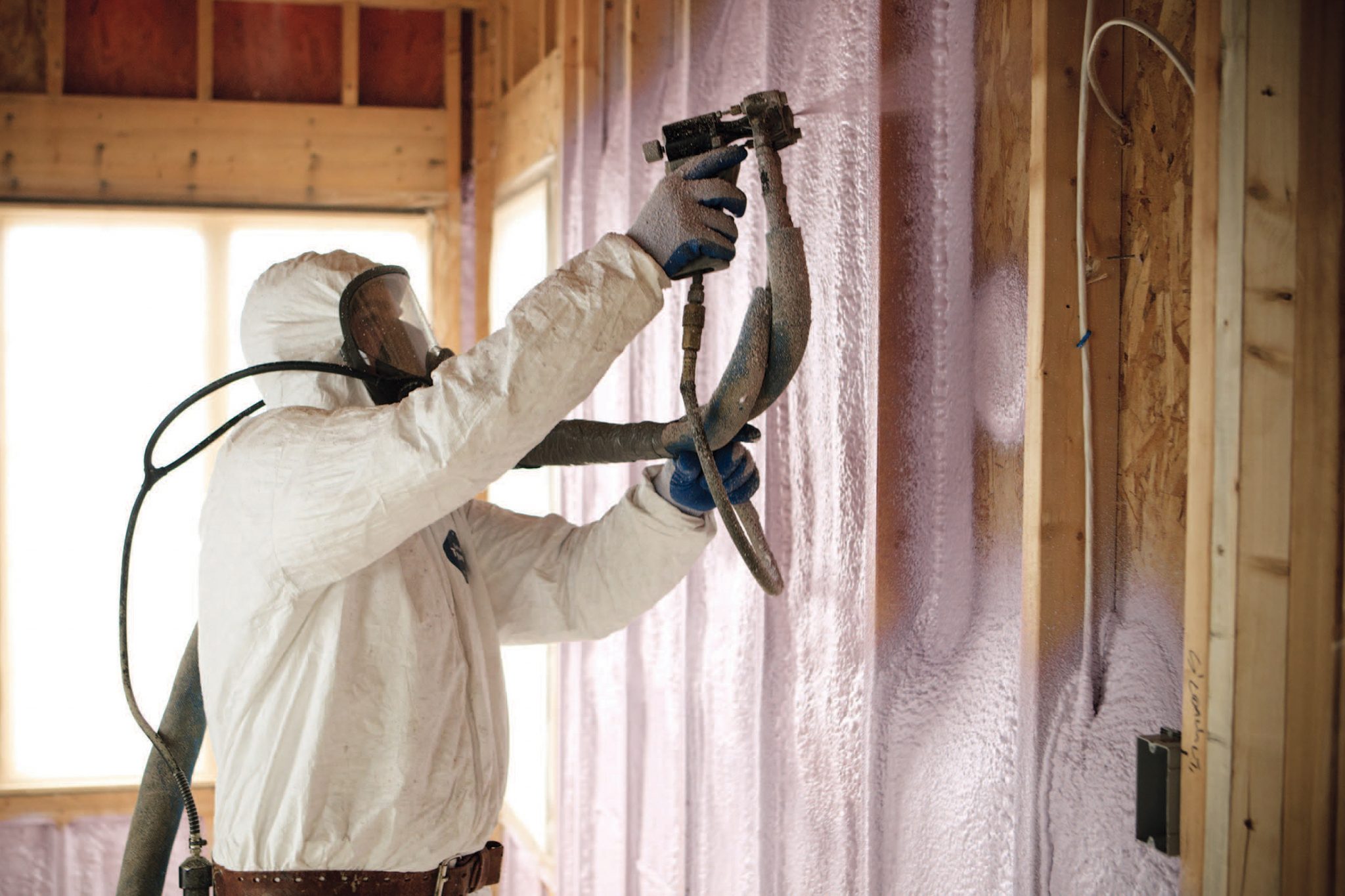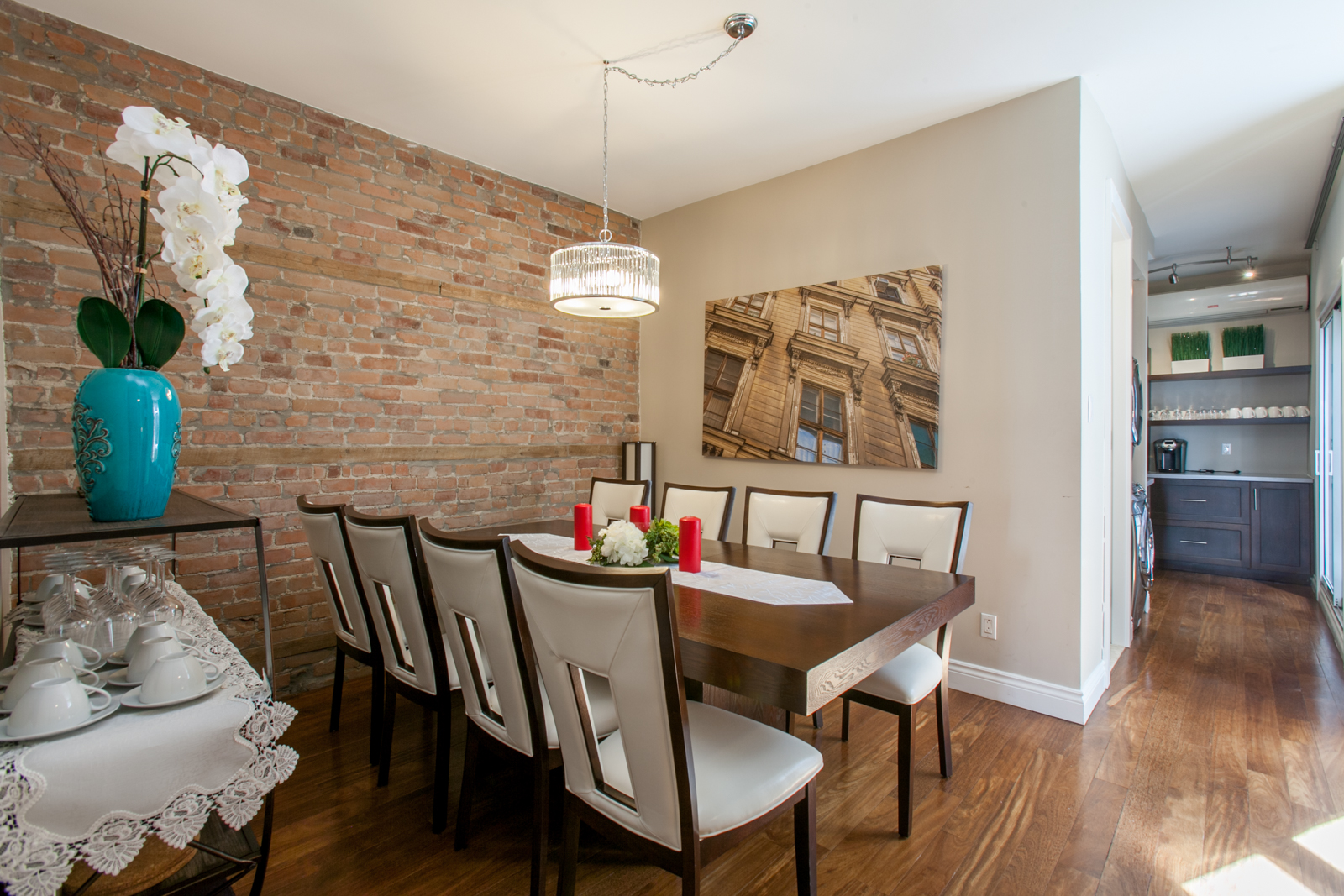Anyone who has a food business will be familiar with food hygiene requirements. If you have a cold room, ensuring that it is kept in a clean condition for storing food is of vital importance. Whether your cold room seems to be prone to mould growth or not, steps need to be taken to ensure that it does not become a problem.
According to the Food Standards Agency, all food businesses need to be registered with your local authority before commencing food operations. Cold rooms, like other parts of the premises, will be subject to inspection, so it is important to ensure that they are kept clean, hygienic and free of mould.
What causes mould to grow?
Moisture in the air, often caused by the entry into the cold room of warmer air, can form condensation, which then means that mould grows on the walls of the cold room. Sometimes damage to the seal around the door is responsible for allowing warm air in.
Preventing mould from forming
The condition of your cold room is very important, so check the door seal to ensure it is undamaged and air-tight. There should be a vent so humid air can escape and cold air can circulate efficiently.
Keeping your cold room clean and free from food that has passed its use-by date is also important because mould spores are more likely to develop on out-of-date supplies.
The materials in your cold room should not attract moisture as this can also attract mould growth. Vegetables and fruit should be stored in plastic containers rather than cardboard boxes, and shelves should be made from a non-absorbent material rather than wood.
New walk in cold rooms like those available from suppliers such as can be supplied with modern shelving units.
Removing mould:
If mould has already formed in your cold room, it will need to be cleaned thoroughly to eradicate all the spores. All items where mould is present need to be removed prior to cleaning all the surfaces with warm water and baking soda. If you prefer, you can use an appropriate chemical cleaner. Pay particular attention to door seals and ensure all debris is removed from them.
Ensure the compressor is free from dust as this can cause the cold room to operate inefficiently.






Mold growth in cold rooms is a pervasive issue and can be difficult to tackle. The key to successful mold abatement is to first identify the source of moisture, which is a necessary condition for mold growth. This can often be accomplished by examining the physical characteristics of cold room architecture, including its insulation, ventilation, humidity levels, and temperature fluctuations. Once the source of moisture has been identified, it must be eliminated or managed in order to effectively reduce mold growth. Thank you for the auspicious writeup.